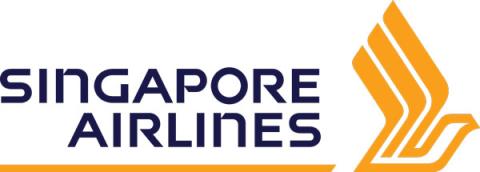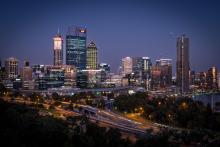For any sized organisation and how Austral Fisheries did it!

The first step for any carbon management program is to understand the current carbon footprint of the organisation. A carbon footprint assessment provides a measure of current greenhouse gas (GHG) emissions and can serve as a suitable benchmark for a “business as usual” scenario.
It is an accurate assessment of your operations relevant data around energy use, waste, transport, packaging, water use and so on. It is recommended to attempt to include all relevant emission sources – i.e. anything more than 1% of overall emissions.
It is usual to measure a 12-month past period so that actual data can be gathered, as opposed to projected data, and to follow the international standard for carbon accounting; the Greenhouse Gas Protocol Corporate Standard.
It is usual to collect activity data for activities where relevant and material GHG emissions occur. All sites and staff activities under the “operational control” of an organisation should be included and reported on where activity data is recorded/available.
The GHG Protocol categorises GHG emissions into three 'scopes':
SCOPE 1 (DIRECT) EMISSIONS
- Generation of electricity, heat, or steam. These emissions result from combustion of fuels in stationary sources, e.g., boilers, furnaces, turbines.
- Physical or chemical processing.
- Transportation of staff and products in business owned/controlled vehicles (e.g. fleet trucks and cars). These emissions result from combustion of fuels; and
- Fugitive emissions. These emissions result from intentional or unintentional releases, e.g. landfill emissions, equipment leaks from joints, seals, packing and gaskets, hydro fluoro-carbon (HFC) emissions from refrigeration and air conditioning.
SCOPE 2 EMISSIONS
- Emissions resulting from the generation of purchased electricity that is consumed at an organisation owned or controlled equipment or facilities.
SCOPE 3 (INDIRECT) EMISSIONS
- Scope 3 are harder to quantify as they arise from activities that are usually not controlled or owned by the organisation but are the consequences of the activities of the organisation.
A breakdown of the GHG Protocol Standard’s Scope 3 categories is shown in the following table.

A Case Study example from one of our long-term clients: Austral Fisheries:
The vision for Austral Fisheries’ journey to carbon neutrality was to increase the efficiency of all its operations as much as possible, reduce its carbon emissions wherever it can, and to fully offset its remaining emissions.
Starting in 2016, Austral accounted for all its greenhouse gas emissions, including the fuel it burns on its vessels at sea, the emissions associated with production and transport of supplies to vessels and all supporting activities such as shore-based operations and management, administration, policy development, sales and marketing.
These Scope 1, 2, and 3 emissions that made up its entire operational carbon footprint were then independently audited and certified. As part of this process, Austral conducted Life Cycle Assessments of all its wild caught seafood products, including its portfolio of brands and the seafood it purchased through its trading division. Austral chose to extend its Scope 3 emission boundary to include the seafood purchased by the end consumer, encompassing downstream transportation, cold storage and cooking by restaurants.
Once Austral understood its organisational carbon footprint, the focus shifted to how it could reduce its emissions wherever possible. Because Austral’s operations fluctuate due to catch variability each year, or due to external pressures outside its control, the organisation used the rate of carbon emissions per tonne of product landed as the functional unit for reducing its emissions. Austral knew that because of the size and complexity of its business, as well as its reliance on long-term assets like fishing vessels, its carbon offsetting and reduction journey wouldn’t be complete overnight and would instead be a commitment for years to come.
One of the key emissions reduction measures Austral Fisheries have implemented is its new ~$50 million Cape Arkona vessel, which employs world-first hybrid-electric technology that dramatically reduces fuel usage and takes an older, less efficient vessel off the water. Austral have also installed other fuel efficiency measures on its other vessels such as engines and propellers replacement. Further reductions were made using carbon neutral energy providers, paper sources and installing LED lights and solar panels wherever possible.
Despite these substantial measures, it is inevitable that emissions remain. To become carbon neutral certified, Austral has offset these emissions through credible and positive-impact projects. Since 2016, Austral Fisheries has worked together with Carbon Neutral to restore a degraded woodland ecosystem through the purchase of nearly 200,000 tonnes of biodiverse reforestation carbon credits in the Yarra Yarra Biodiversity Corridor. This project is Gold Standard-certified, regenerating biodiversity alongside a host of other co-benefits in the northern wheatbelt of southwest Australia.
Use Carbon Neutral’s online carbon calculator to estimate your annual greenhouse gas emissions or our Carbon Advisors can assist you by conducting an organisational carbon footprint consistent with the Greenhouse Gas Protocol Standard.
Our advisors are available to help by calling +618 9200 4424.













